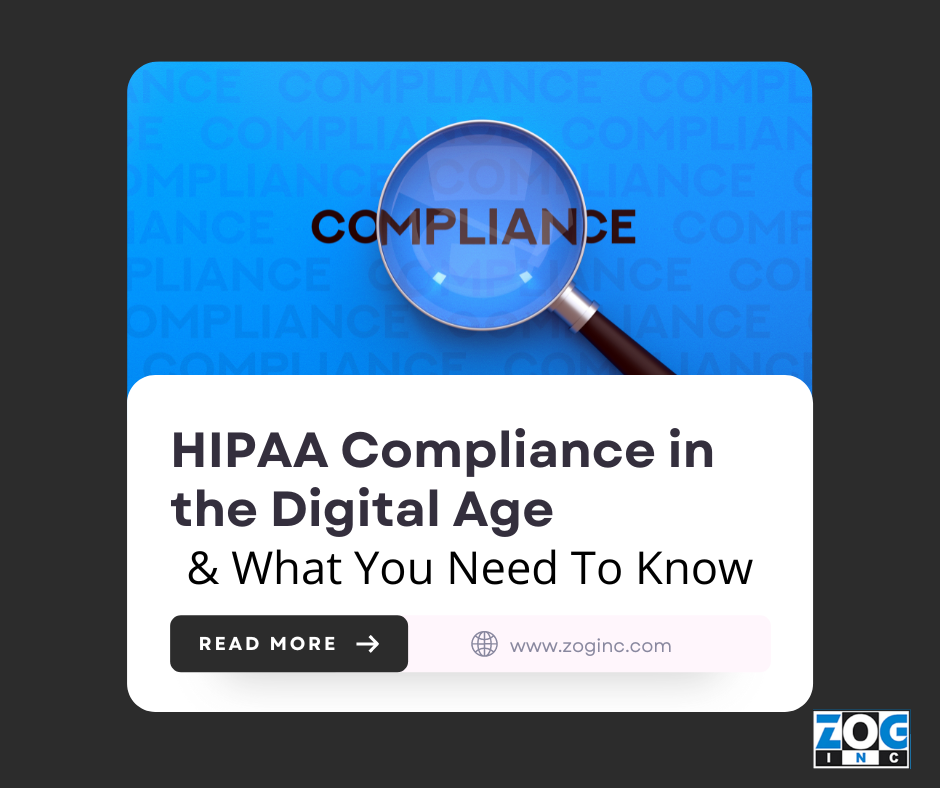Subscribe to the Zog Blog to get news Delivered straight to Your box!
Newsletter Signup
Recent Posts
Archives
Archives
- November 2025 (1)
- September 2025 (1)
- May 2025 (1)
- March 2025 (1)
- November 2024 (1)
- October 2024 (1)
- August 2024 (1)
- July 2024 (1)
- June 2024 (1)
- May 2024 (1)
- December 2023 (2)
- November 2023 (1)
- August 2023 (1)
- June 2023 (1)
- May 2023 (1)
- April 2023 (1)
- December 2022 (4)
- November 2022 (3)
- October 2022 (2)
- September 2022 (2)
- August 2022 (3)
- July 2022 (2)
- May 2022 (3)
- April 2022 (2)
- March 2020 (1)
- November 2019 (1)
- October 2019 (2)
- September 2019 (3)
- August 2019 (2)
- July 2019 (5)
- June 2019 (3)
- May 2019 (2)
- April 2019 (1)
- March 2019 (2)
- August 2018 (2)
- July 2018 (1)
- June 2018 (1)
- May 2018 (4)
- April 2018 (5)
- March 2018 (2)
- February 2018 (3)
- January 2018 (3)
- December 2017 (3)
- November 2017 (2)
- October 2017 (3)
- September 2017 (4)
- August 2017 (2)
- July 2017 (4)
- June 2017 (4)
- May 2017 (5)
- April 2017 (4)
- March 2017 (3)
- February 2017 (4)
- January 2017 (5)
- December 2016 (4)
- November 2016 (5)
- October 2016 (4)
- September 2016 (3)
- August 2016 (4)
- July 2016 (1)

HIPAA Compliance in the Digital Age
In the digital age, it has become crucial to be aware of the components and complexity attached to HIPPA compliance. The fact of the matter is that it requires healthcare organizations spend significant time understanding the full extent and use cases around HIPPA compliance.
HIPPA is multi-faceted compliance that safeguards your organization as well as the welfare of your clients. When it comes to handling protected health information or PHI, you have to be cautious and understand the different aspects of HIPAA compliance. For instance, OCR’s role comes into play to ensure HIPAA compliance in case of potential HIPAA violations that may impact healthcare.
Let’s dive into more fundamental details, best practices, and considerations to ensure HIPAA compliance and how it ultimately ties together with the technology in the digital era.
What is HIPAA?
HIPAA or Health Insurance Portability and Accountability Act dates back to 1996. The objective of this act was to streamline the medical records across healthcare organizations. Ultimately, HIPAA managed to set specific security standards to store, share, and access sensitive health information or records.
HIPAA refers to a law that protects the sensitive information of patients. The idea is to protect PHI or Protected Health Information through proper physical technical and administrative guidelines. On the surface, HIPAA regulations are mandatory, but organizations have to take an initiative and figure out suitable measures to ensure compliance.
In order to ensure HIPAA compliance, you have to follow the rules and guidelines set forth in the motion for healthcare organizations. In fact, healthcare entities have to be proactive to make sure the personal data and information of their organization and clients’ is safe and secure.
What Does it Mean to be HIPAA Compliant?
Healthcare entities that integrate HIPAA compliance into their organization are able to protect the integrity, security, and privacy of PHI. With HIPAA compliance, the idea is to prevent healthcare fraud, reduce accountability, avoid hefty penalties, create a centralized space to access medical records, and build patient-doctor trust.
HIPAA compliance becomes more crucial when healthcare organizations transfer or share sensitive medical information or records. With a combination of regulatory rules and requirements, HIPAA compliance has become a culture of healthcare entities.
How Does HIPAA Affect Technology?
In a tech-driven world, healthcare institutions operate through electronically assisted records rather than depend on traditional paper files. The best approach for healthcare providers to address their inconsistencies or vulnerabilities to store, share, and access records is to enforce the best data security practices.
On the other hand, don’t forget that PHI security law applies to medical billing firms and health insurance plans. But whether it’s doctor offices, hospitals, health stores, or private medical centers, HIPAA has had a significant impact on tech.
In fact, technology continues to play a crucial role in even healthcare payments and ties together with “how” healthcare entities store, transmit, or receive PHI data. In terms of technology, modern-day healthcare professionals now use SaaS cloud-based solutions, medical data analytics, and secure doctor-patient messaging applications to ensure HIPAA compliance.
How to Stay HIPAA Compliant in the Digital Age
In the digital age, healthcare organizations can leverage advanced technology to ensure HIPAA compliance. Using innovative tech tools will create more windows of opportunities for healthcare organizations to collect, share, and store sensitive patients’ records.
Here are some of the best tips for healthcare organizations to ensure HIPAA compliance:
Train Employees
One of the first steps to ensure HIPAA compliance is to train your staff, providing them with up-to-date information about HIPAA regulations and rules. From new to experienced employees, train the entire workforce about HIPAA regulations and rules to achieve and maintain compliance.
The last thing you should do is think of staff training as a one-time activity. Instead, HIPAA requires healthcare organizations to conduct periodic training for all workers. When it comes to HIPAA training, communicate different components of HIPAA regulations and how technology is at the center of it. There is a sufficient amount of free resources available online that healthcare organizations can use for HIPAA training.
Notice Posting
Make sure that all staff members send copies of current HIPAA updates to individuals on their arrival. You can also present a custom HIPAA note in your office location that would make it easier for people to read and learn.
Hire a Security Officer
Before you decide to enforce HIPAA regulations and rules, consider hiring a private security officer to ensure top-notch compliance. You can count on your security officer to keep a close eye on all collected and shared medical records.
Review your Current HIPAA Status
Once you’ve managed to enforce HIPAA guidelines and procedures, make sure to analyze the state of your current HIPAA compliance. In order to fill out consistencies, you can perform a thorough SRA or security risk analysis. You can view SRA as one of the most effective measures to improve and maintain your HIPAA compliance. SRA will also give you a clearer understanding of your existing HIPAA compliance guidelines and policies in place.
Follow Basic HIPAA Compliance Rules and Standards
When it comes to HIPAA compliance, it is imperative for healthcare organizations to get familiar with its rules and regulations. For the sake of convenience, you can follow three rules to ensure HIPAA compliance. From Privacy to Breach Notification to Security Rule, make sure to meet all rules and standards to ensure HIPAA compliance.d
Conclusion
Once you understand the wide range of regulatory rules and parameters to ensure HIPAA, it becomes easier to achieve compliance. In the digital age, healthcare organizations have to realize and recognize that it can be tricky to navigate a multi-faceted issue like HIPAA compliance on their own. In hindsight, when you decide to work on HIPAA compliance, make sure to seek out professional assistance to make sure you’re moving in the right direction.


Leave a Comment
Your email address will not be published. Required fields are marked *